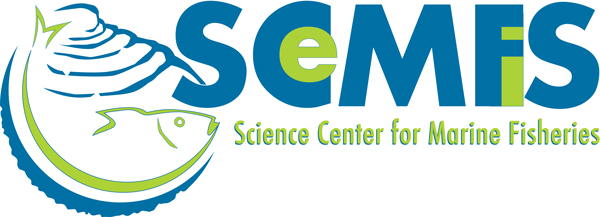October 2, 2017 — The following was released by the New England Fishery Management Council:
During its late-September meeting in Gloucester, MA, the New England Fishery Management Council received a comprehensive overview of the “very successful” 2017 scallop survey season. The Council then reviewed the range of measures under development for Framework Adjustment 29 to the Atlantic Sea Scallop Fishery Management Plan. These measures, once fully developed and approved, will apply to the 2018 scallop fishing year, which will begin on April 1 instead of March 1 as in previous years.
Five separate groups contributed to the 2017 scallop surveys:
- The Virginia Institute of Marine Science (VIMS) conducted dredge surveys in the Mid-Atlantic, Nantucket Lightship Area, and Closed Area II.
- UMass Dartmouth School for Marine Science and Technology (SMAST) conducted intensive surveys of Closed Area I, Closed Area II, and the Elephant Trunk Area, along with broadscale surveys of Georges Bank and the Mid-Atlantic and a drop camera survey of Stellwagen Bank in the Gulf of Maine.
- The Woods Hole Oceanographic Institution (WHOI), in partnership with Lund’s Fisheries, conducted a Habitat Camera Mapping System (HabCam) version 5 (v5) survey of the Northern Edge on Georges Bank.
- Coonamessett Farm Foundation (CFF) conducted a HabCam v3 survey of the Nantucket Lightship Area, as well as a HabCam v3 survey on Stellwagen Bank and Jeffreys Ledge in the Gulf of Maine, along with six dredge tows on Stellwagen. And,
- The Northeast Fisheries Science Center (NEFSC) conducted a dredge survey on Georges Bank and a HabCam v4 survey of the Mid-Atlantic and Georges Bank.
Read the full release at the New England Fishery Management Council

